The Harry Potter series is the greatest literary success of all time. It’s partly due to the Harry Potter’s magical and mythical creatures J.K. Rowling created for her fictional universe. The wide range of animals, plants, and magical mythical creatures drew fans to the characters for many reasons. It contributed to forming a vibrant and much-adored fantasy universe of Harry Potter.
The tale of a kid magician Harry Potter and his companions mesmerizes fans to this date. They encounter many creatures, which are ordinary, magical, and mythical. Knowing more about these Harry Potter series’ magical and mythical creatures may surprise you. Although some of them are recognizable to many of us from various sources.
Here is a list of the top 5 Harry Potter magical and mythical creatures:

Dragons
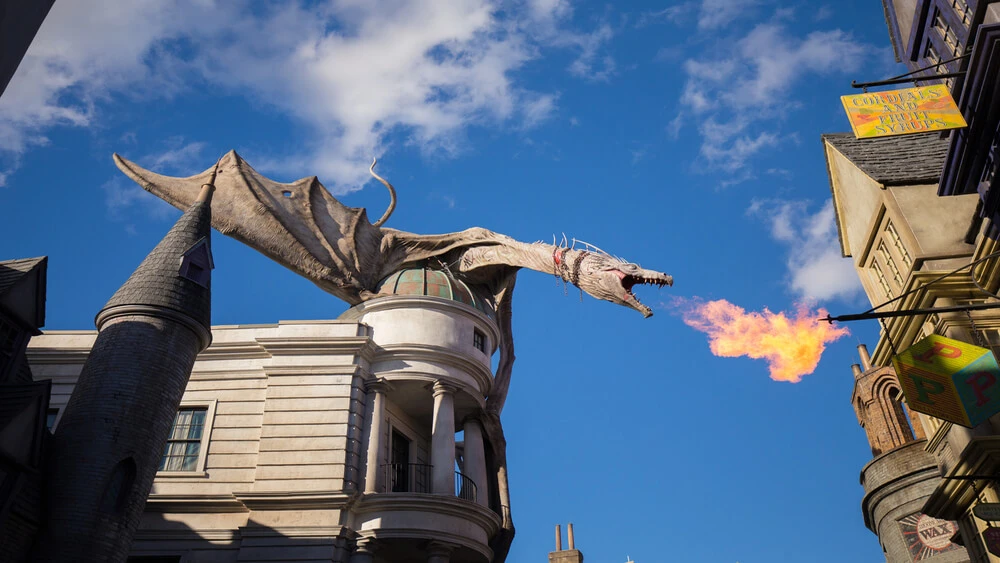
We can find some of the earliest stories about dragons in ancient texts like the Indian Veda (c. 1500 BC). The tales describe how the mythical deity Indra killed the giant dragon Vrtra. As a result, he released holy water onto the planet. Many conflicts occurred between the mythical dragon Tiamat and the Mesopotamian god Marduk. It was all over human dominance.
The Iranian Zoroastrian tradition refers to serpentine “azi”. This mythical creature is characterized as a toxic being that eats both men and horses. It is something more familiar to us. The Persian Book of Kings, written in the tenth and eleventh centuries, tells the exploits of great heroes like Rustum. The powerful mythical monsters repeatedly challenged him. We can find the serpentine monster’s motif in many world myths. It includes Jormungandr from Norse mythology, Hydra from Greek mythology, Leviathan from Judeo-Christian mythology, and Tiamat from the Old English epic poem Beowulf. We can also find the word “dracan” in these myths.
These old tales influenced the characterization of dragons in more contemporary times. They appear as ruthless and envious guardians of their treasured wealth. But, the dragon’s use as a heraldic symbol has contributed to its representation. In many myths, it appears as a powerful intellect and a kind defender of people.

Elves
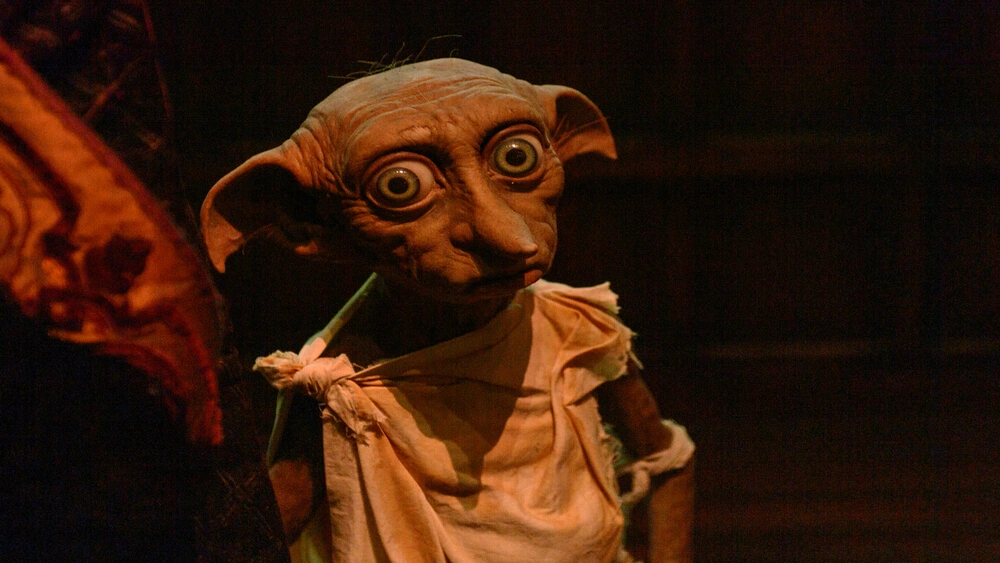
Elves have a long and illustrious history. Although none of them are the timid, subservient magical and mythical creatures as seen in Harry Potter.
Elves are supernatural, magical creatures that first appeared in Old English and Norse literature. Old tales describe them as having extraordinarily long lifespans. In some cases, they seem immortal. Elves are typically enigmatic, sweet, occasionally rowdy, creatures with magical powers. They are considered to be of petite stature in the English and Scottish traditions. Much of this period’s legend involves humans traveling to the mythical Elphame. Stories frequently depict Elphame as disturbing and ghostly. Yet, elves are not inherently malevolent creatures. We also know elves as devilish because they even kill humans in certain situations.
In Norse mythology, elves are taller than humans and can reproduce with them. The so-called alfar could traverse walls, and the natural laws could not. Humans were less attractive than elves. Yet, men could become elves if they were good enough.
However, not all elves are created equal. For example, Freyr ruled over Alfheimr, the homeland of the light elves. The dark elves lived in Svartalfheim. In Svartalfheim, they fled from the sun’s light to avoid turning into stone. These terrible elves were capable of bringing on nightmares. There is a dark elf theory for sleep paralysis. It involves a mare-shaped dark elf sitting on the sleeping person’s chest.

Werewolves
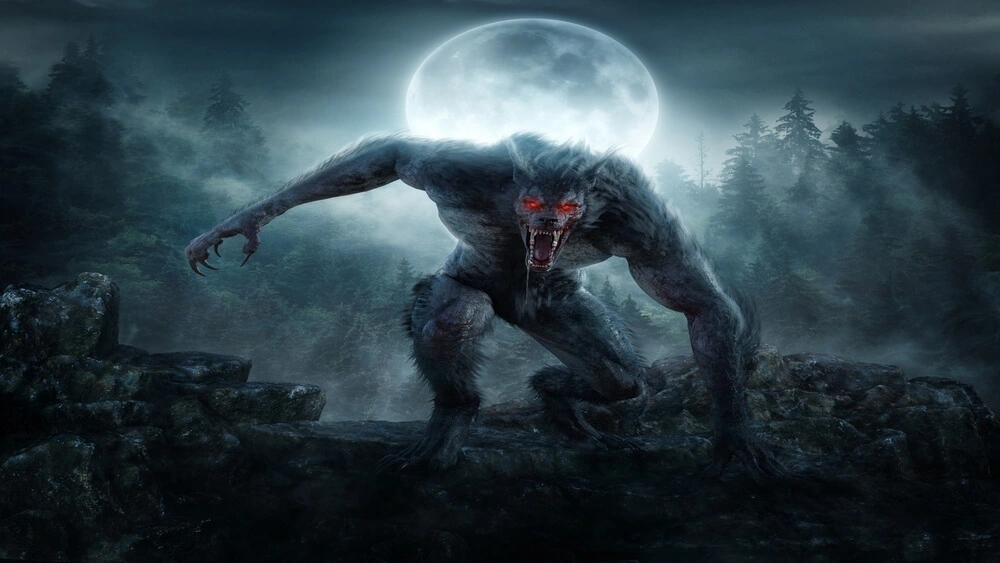
The Epic of Gilgamesh has legends of the mythical werewolf. Its main character rejects a potential lover because she changed a previous lover into a wolf. These legends predate even the earliest known works of realistic western literature.
Greek mythology also has early werewolf representations. Lycaon offered Zeus a supper made of a sacrificed youngster. Out of rage, Zeus turned Lycaon and his sons into wolves. It gave rise to the term “lycanthropy.”
The Nordic sagas contain the stories of many people. These people could change into wolves by wearing supernatural, magical wolf pelts. Historical individuals like Pierre Bergut and Michel Verdun committed much more horrifying crimes. They were said to have an ointment that could transform them into wolves and to have taken an oath to the Devil. These two were executed at the stake for admitting to killing numerous children. In the sixteenth century, Giles Garnier, a Frenchman, was accused of turning into a wolf. He killed and ate children and was also burnt at the stake.
A wealthy farmer from Bedburg, Germany, named Peter Stubbe is one of the most well-known real-life instances. Several youngsters vanished all of a sudden. A group of hunters confronted Peter out of concern. They claimed that they saw him transform. These incidents fueled widespread concern about werewolf activity across Europe. Yet, some people did not believe in his culpability and believed he was the victim of a witch hunt. He finally confessed while being tortured. Maybe the scapegoat was more like a wolf in sheep’s clothing.

Pixies
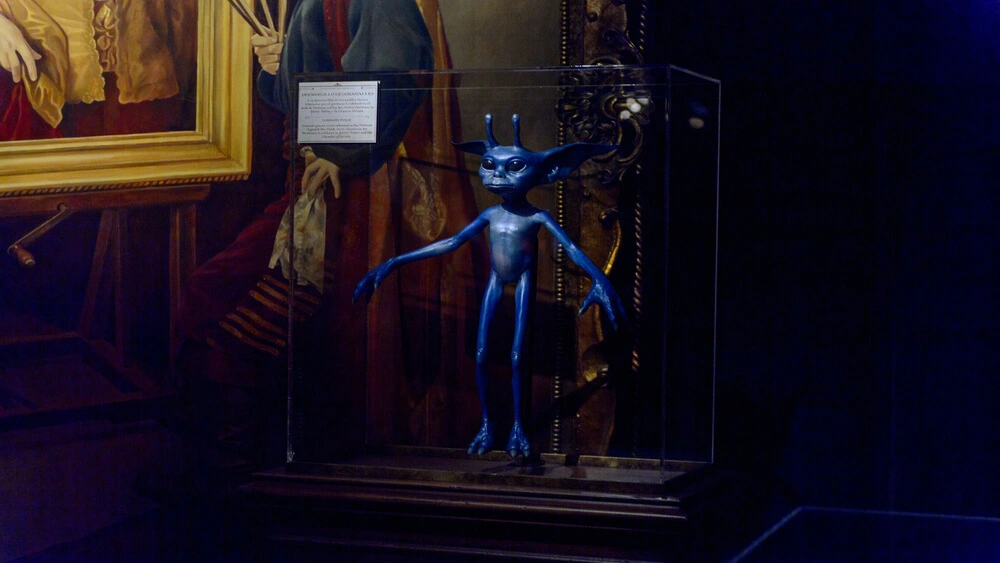
Among Harry Potter’s magical and mythical creatures, there are pixies, in Rowling’s opinion, tiny blue troublemakers. They have historically been depicted as mischievous and magical creatures. They are notorious for frequently leading people astray while they travel. Along with Cornwall, Devon, Dorset, and Hampshire also have pixie-related mythical folklore.
According to myths, pixies enjoy dancing and congregating in huge groups. They like to frolic, dance, or wrestle at night. It was the case with the 600-person celebration at Trevose Head. The gathering was cut short when the mythical pixie Omafra lost his chuckle. Fortunately, King Arthur recovered his sense of humor. Later, he went back to his pixie queen, Joan the Wad.
Dartmoor’s pixies are extraordinarily tiny and friendly. However, they do have a propensity for disguising themselves as rags to lure kids into playing. They might even assist with household chores. But if you are traveling and get lost, it might be a good idea to turn your coat inside out to reorient yourself.
Some people believe that pixies are roaming, unbaptized pagan souls. The souls that are trapped in limbo eternally.

Mandrake
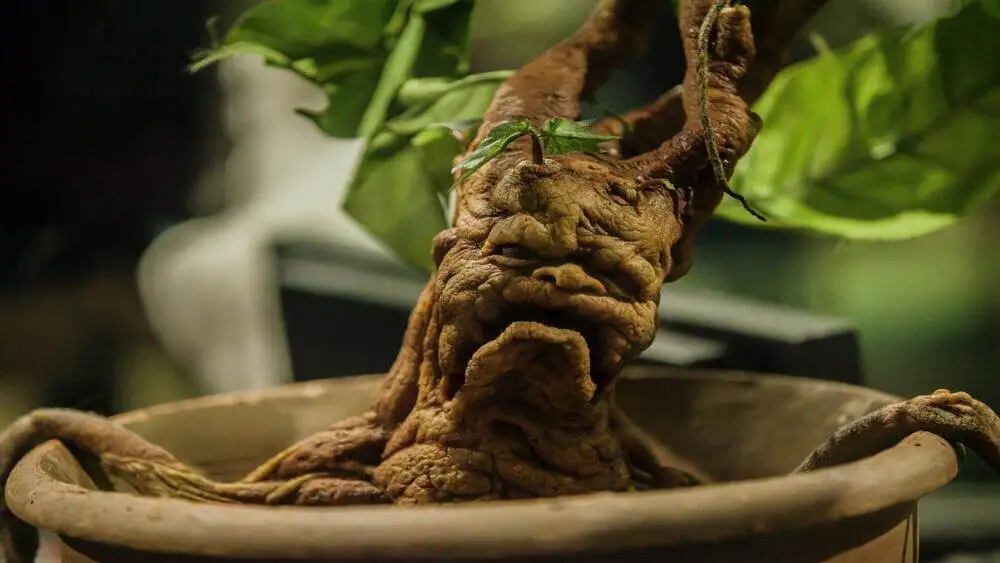
As seen among Harry Potter’s magical and mythical creatures, the infamous mandrake root is a plant. It not only screams as it is being replanted, but is also a “strong restorative.” It is used to cure people who have been bewitched, transfigured, or petrified. This creature was first introduced in Harry Potter and the Chamber of Secrets. The mandrake’s screams may result in death. Nevertheless, those of the younger plants only cause unconsciousness.
In actuality, Mandragora officinarum is remarkable for many reasons. The structure of its roots frequently resembles human figures. It includes its hypnotic and hallucinogenic properties. It is hardly surprising that numerous myths have been associated with this specific plant, which predates the Bible.
This plant is said to have treated Racheal’s sterility in Genesis (Genesis 30:14–17). In Josephus of Jerusalem’s later writings (c. AD 37–100) describe the mandrake in a way that will be far more familiar to readers of J.K. Rowling’s famed Harry Potter series. Josephus mentions plowing a furrow to expose part of the root before being tethered to a dog. The dog will subsequently excavate the root. It also perishes in its master’s place to prevent the mandrake’s scream from killing it when dug up.
